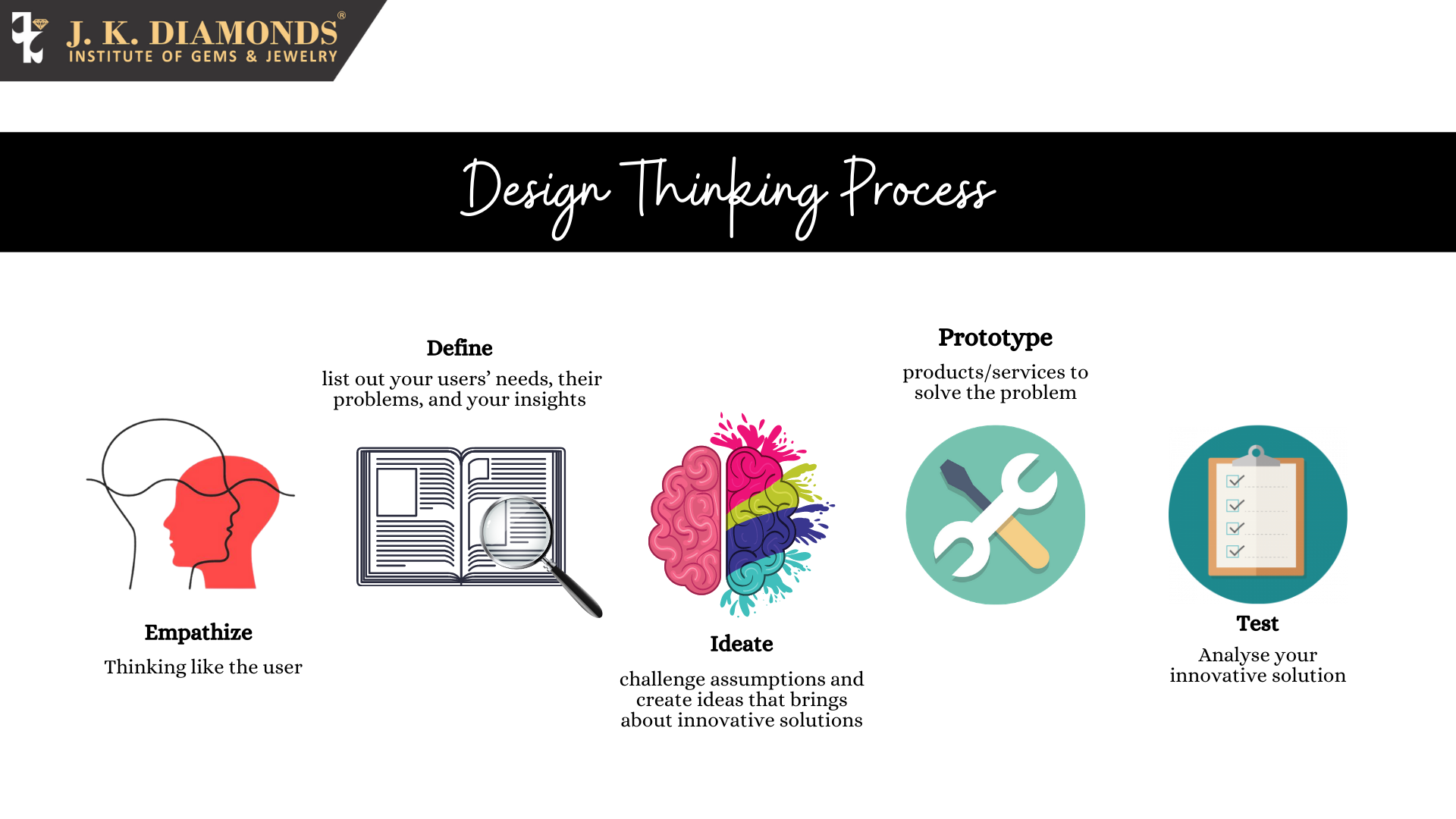SETTING UP A FASHION BUSINESS: A GUIDE

Fashion is more than just clothing, accessories, and beauty. It’s a way of expression. Fashion has taken roots and evolved in accordance with the lifestyles of people living in those times. History is evidence of the fact that human needs are anything but basic. During the stone age, people made clothing for themselves using plants. Even during those times, fashion was not limited to clothing. The desire to look and feel beautiful existed among them. They made ornaments to adorn themselves using leaves, flowers, bones and shells.



Fashionpreneur in the current scenario? Is it a practical choice?




From vacuum-cleaners to premium-priced Supersonic hair dryer, Dyson
has made a big move! The subsequent introduction of the one-of-a-kind hair
styling tool, the Airwrap, in late 2018 was an experiment in product line
extension that enjoyed instant success. The Airwrap sold out within days of its
initial launch. Of course, the Airwrap’s success rides on Dyson’s reputation
for quality, and on the innovative technology that was designed to go viral.
However, it also shows how product line extension can harness the power of a
loyal consumer base that’s starving for more from a hot brand.



